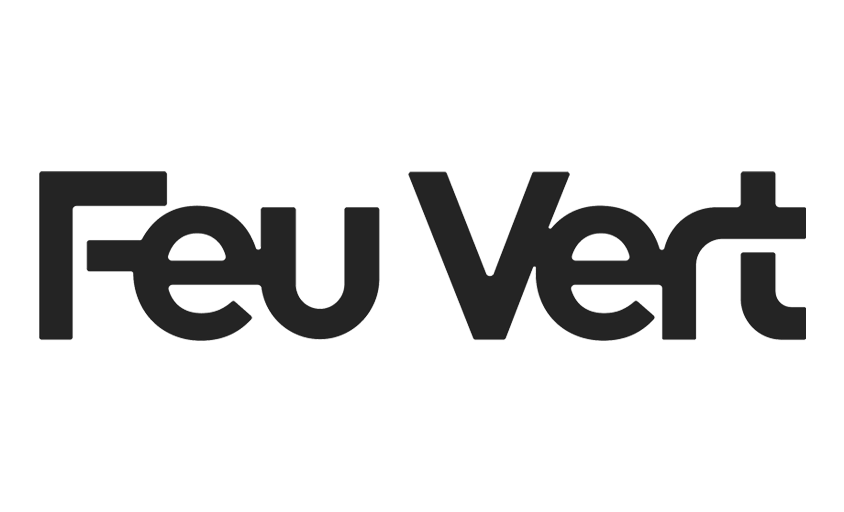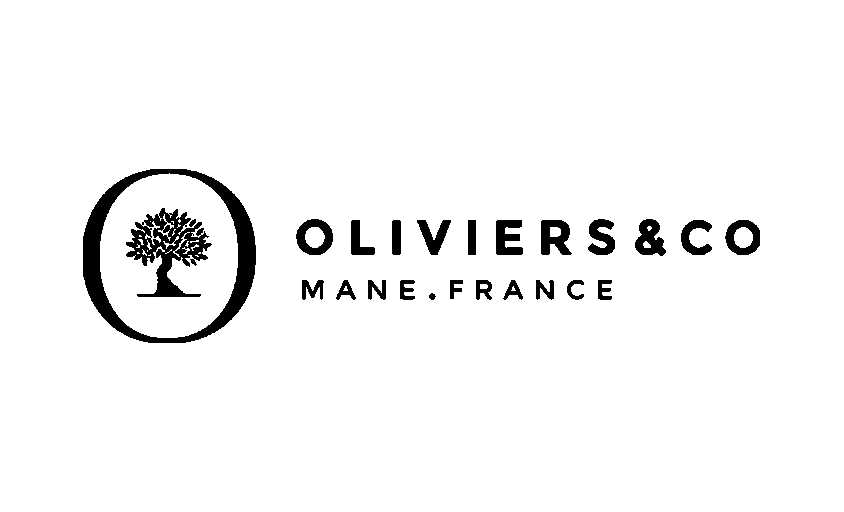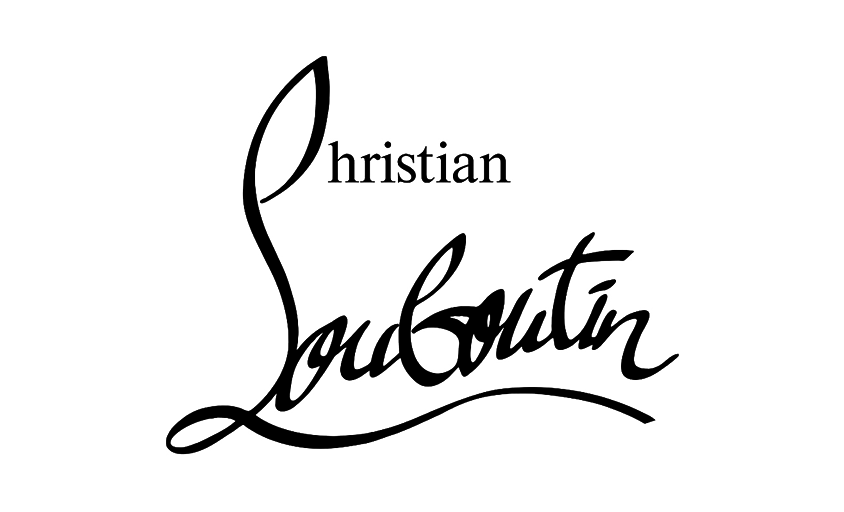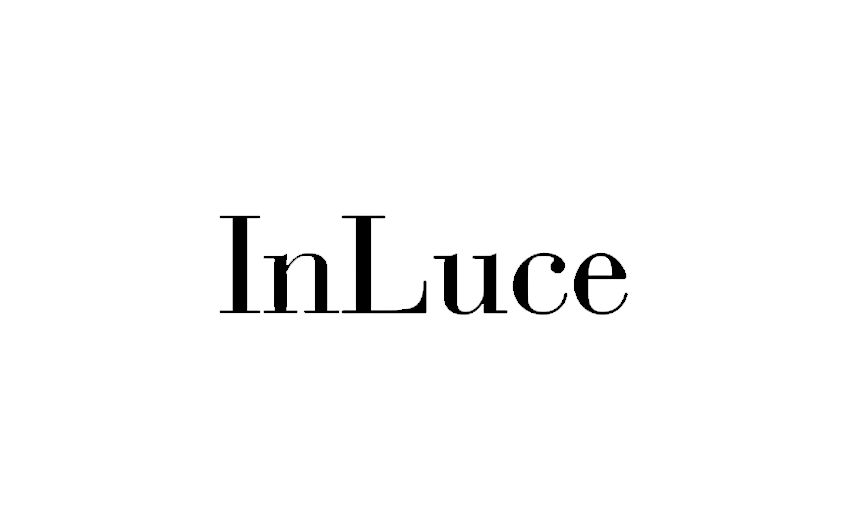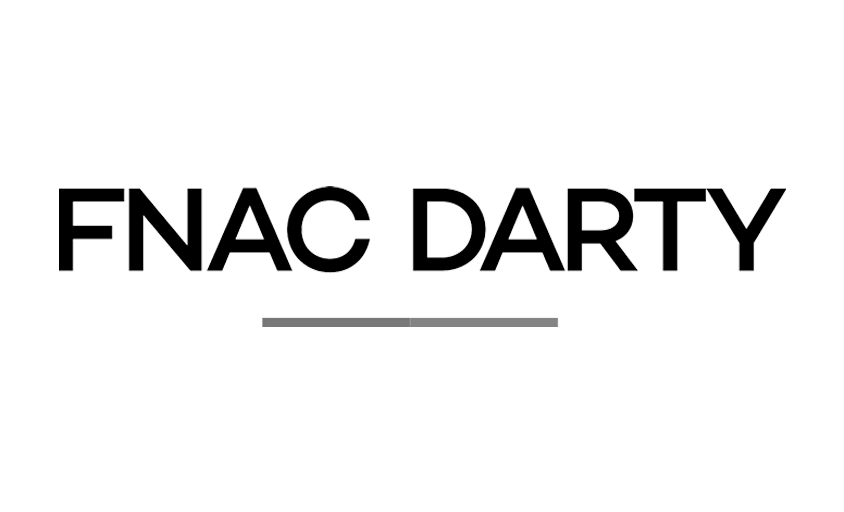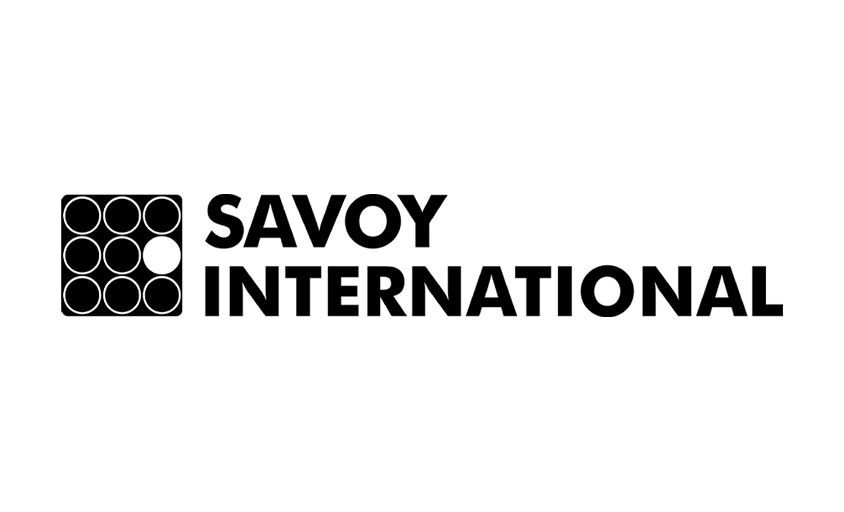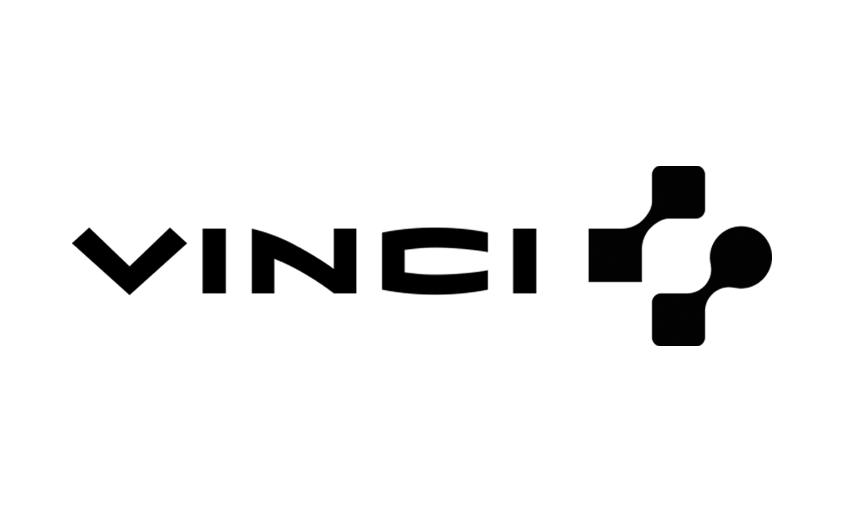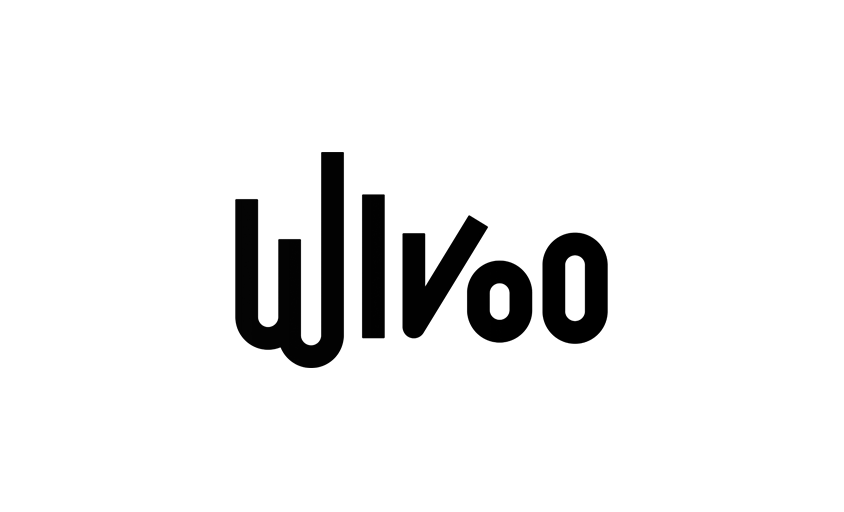Retouching with 3D
In this article :
The evolution of photo retouching continues to push the boundaries of visual art. Among the most recent innovations, 3D retouching stands out as a revolutionary technique that integrates three-dimensional elements into the image editing process. This approach allows creatives to add depth and realism to photos, going far beyond traditional adjustments.
A New Dimension in Photo Retouching
In the past, retouching was limited to manual or digital corrections on 2D images. Today, the integration of 3D allows us to completely rethink the image. By combining 3D modeling and rendering techniques with traditional retouching tools, professionals can recreate environments and objects with striking realism.
Imagine being able to insert 3D elements into a photograph to simulate more natural lighting or add realistic cast shadows. That’s exactly what 3D retouching offers: a seamless fusion between still imagery and three-dimensional modeling, opening up new creative possibilities.
Process and Techniques: From Concept to Final Image
3D retouching unfolds through several complementary steps, each adding its own layer of innovation to the final result:
- Integration of 3D Models
At the heart of the process lies the creation or import of 3D objects to enrich the scene. For instance, a photographer may model architectural elements or decorative objects in 3D and insert them into an image, providing a sense of depth and realism that 2D techniques alone cannot achieve. - Lighting Simulation
Advanced retouching software enables precise lighting adjustments on 3D elements. Using rendering algorithms, artists can simulate varied lighting conditions, allowing the 3D objects to seamlessly blend into the original composition. This step is crucial for visual consistency and enhancing the overall impact of the image. - Fusion and Final Adjustments
Once the 3D elements are in place, the final stage involves blending them into the original photograph. Color grading, contrast balancing, and fine-tuning details help to harmonize the composition. Here, traditional retouching tools combine with 3D innovations to perfect the image. This fusion marks a significant shift from conventional retouching methods.
These steps represent a true paradigm shift: while photo retouching once relied solely on two-dimensional edits, the integration of 3D introduces visuals that appear to come alive.
Benefits and Creative Opportunities
Integrating 3D into photo retouching offers numerous advantages. First and foremost, it provides an unprecedented level of creative freedom. Photographers and graphic designers can now craft dynamic compositions, alter the perspective of a subject, or even reconstruct missing parts of an image with remarkable precision.
In addition, this approach allows for a higher level of realism. The simulation of lighting elements and the precise adjustment of shadows bring a sense of depth that captures the viewer’s attention and enhances the emotional impact of the visual.
Moreover, 3D retouching opens the door to innovative advertising possibilities. In a market saturated with static images, campaigns that integrate 3D elements stand out through their originality and ability to tell immersive stories. This gives brands a modern and forward-thinking image, capable of capturing attention across various media.
Finally, this technique allows for a complete rethinking of the retouching workflow. By seamlessly integrating 3D into the editing process, professionals can achieve adjustments that were previously difficult, or even impossible, to reach with traditional methods.
Challenges and Considerations in 3D Retouching
Despite its many strengths, 3D retouching also comes with certain challenges. Mastering these tools requires a deep level of technical and artistic expertise. Professionals must be able to handle both the 3D modeling of objects and their seamless integration into a 2D image.
Furthermore, the final result heavily depends on the quality of the software used and the professional’s ability to simulate a natural interaction between the 3D elements and the original image. However, these challenges are largely outweighed by the creative opportunities this technique provides.
Conclusion
3D Retouching opens up exciting new possibilities in the world of image editing. By combining the strengths of three-dimensional modeling with the precision of traditional adjustments, this technique enables the creation of visuals with remarkable richness and depth. It redefines our relationship with imagery, offering an additional dimension in both realism and creativity.
As part of the broader retouching landscape, this innovative approach represents a natural evolution of the history of retouching, where art and technology come together to elevate every image.
Jérémy Carlo is the editorial director at Rétines, where he ensures the consistency and clarity of all content produced by the studio.
Our Clients
Let’s discuss
What we do for you at Rétines
Meticulous work, an organised project and fast delivery. And to achieve this, we mobilise the right resources in our teams at the right time.
01
Pre-production
Artistic and technical direction tailored to the project.
Relevant recommendations on content, form and resources.
02
Photo Shooting
Photos taken by our experienced photographers.
Production that’s controlled, efficient and tailored to the needs of the project, with nothing superfluous.
03
Retouching
Technique
Photographs magnified by our retouching team.
Post-production to meet the commercial challenges of the brief.


